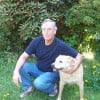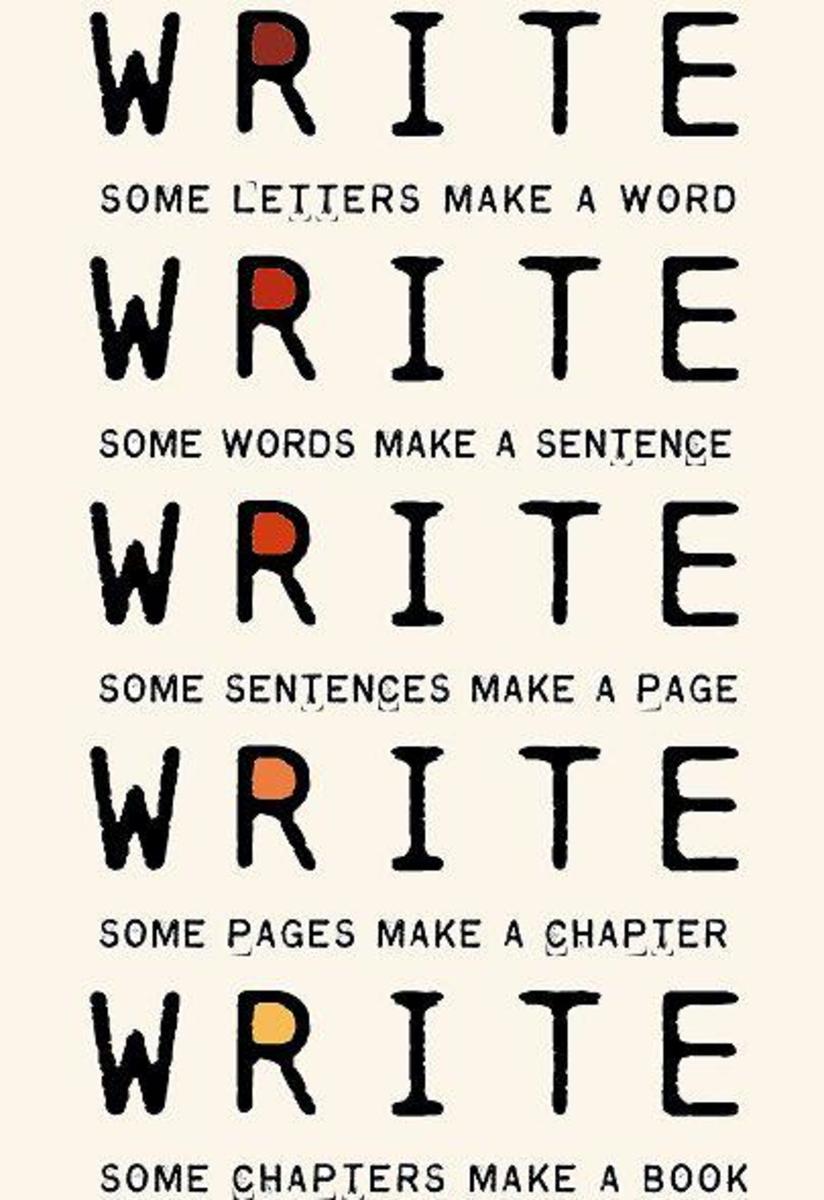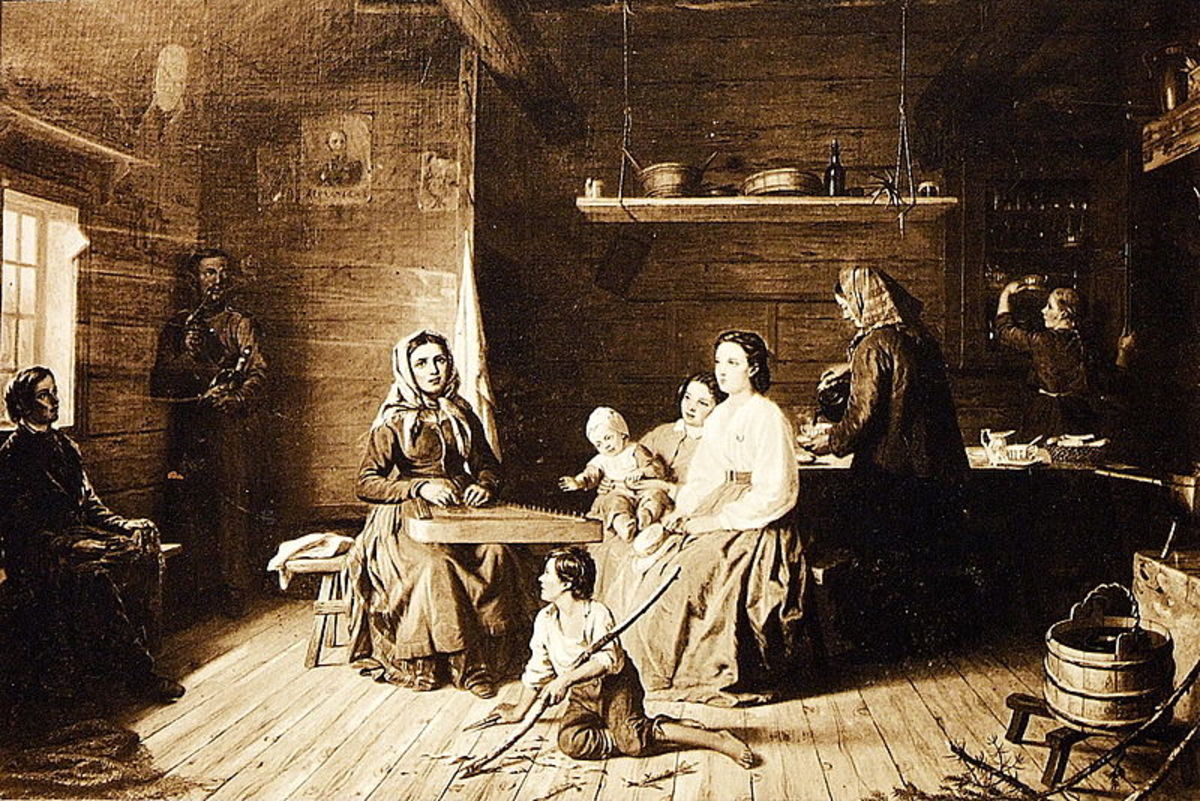How To Write A Novel: A Blueprint For Success
So, Would You like to Write a Novel?
First let me tell you that there are many ways to write a novel. What follows is a blueprint for success for those who need structure and a detailed, step-by-step process.
I have known authors….hell, I am one…who have never outlined before writing the rough draft. They start with a general idea and from there the story line just flows out of them. The characters come to life, they fit in perfectly with the story and all is well in their world of literature. When I wrote my novel, The 12/59 Shuttle From Yesterday and Today, I started with a writing exercise of an introduction, and the story sprang from the introduction and from my fertile imagination.
However, there are those who need a bit more structure and so this blueprint is for them. Using this process, the writer would fill in the blanks on all the subheadings below before even beginning the actual rough draft. In other words, build the foundation before trying to put up the walls, wiring and plumbing.
There is no right way to write a novel despite what some may claim. There is a writing process and I’m sure you have all seen it, but many successful writers do not follow the process, or it somehow is incorporated into the writing of the rough draft almost by osmosis.
For those of you in need of a foundation, this article is for you.
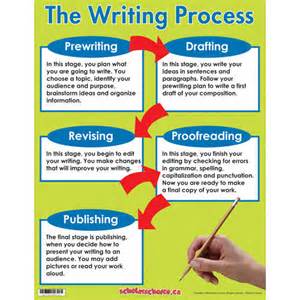
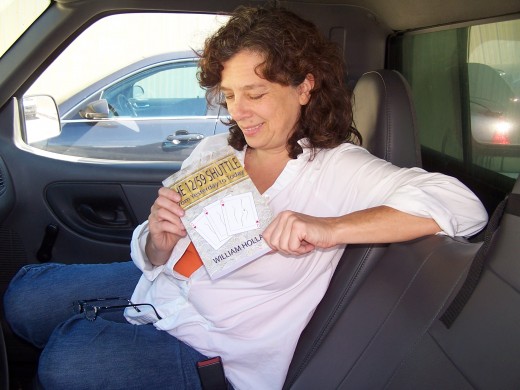
- The 1259 Shuttle from Yesterday to Today: William D. Holland: Amazon.com: Kindle Store
The 1259 Shuttle from Yesterday to Today: William D. Holland: Amazon.com: Kindle Store

WORKING TITLE
This does not have to be the title you settle on when all is said and done. It is just a title to get the ball rolling. My working title for my novel was Yesterday and Today. I loved that title and I would have used it when it came time to publish, except that some raggedy-assed musical group called The Beatles recorded an album by the same name, and I didn’t feel real good about facing that combination of words on search engines.
WORKING GENRE
Many novels are literary hybrids when it comes to genre. They cross the rather hazy lines from one genre to the next, often times covering three or four genres within one manuscript. Choosing is hard but it is important that you be able to announce that your novel is a particular genre. Agents and publishers are going to demand that you do so.
WORKING POINT OF VIEW
First person, second person, third person or some hybrid between two of them, you need to decide which approach you are going to take.
Read novels written in each of the three points of view and then decide which one you feel the most comfortable doing.
HIGH IMPACT SUMMARY
Whether it is for the page liner on your book or for a quick summation of your work for online search engines, you need to have a dynamic summary of the novel. Somehow you need to condense 100,000 words into one good paragraph. Good luck!
Yes, it is difficult and yes, it is important. Most agents and publishers will ask for a brief synopsis, and I do mean brief, so doing this now is better than looking like a fool when it is asked for by a publisher.
SOCKO INTRO
When I taught creative writing in high school, I would harp and harp about this until my students felt like survivors of the Inquisition. Your work may live or die depending upon your introduction. It is that important.
Agents and publishers will tell you that you have about ten seconds to get their attention and make them want to read the rest of your book. Ten seconds! That introduction better be something special or don’t waste time writing the rest.
ESTIMATE LENGTH
Determine before you begin writing how long your novel will be. For adult novels, shoot for at least 75,000 words and preferably 100,000. Why do you need to decide this before writing? It will give you a standard of measure for all of your chapters. If you have outlined twenty-five chapters, then you know each chapter should be approximately 3,000 to 4,000 words in length.
IDENTIFY MAIN CHARACTERS
Who are the main players going to be? I knew of five main characters for my book and probably ten more secondary characters….including a whistling ladybug named Delilah!
INTRODUCE CHARACTERS
When are you going to have your characters first appear in your book? How are they going to appear? It will help you greatly if you decide this now rather than five chapters into the book. The difference is as simple as organized vs random., or if you prefer, sanity vs insanity. J
King Talks About the Process
Thoughts on novel writing
CHARACTER OCCUPATIONS
What do your characters do for a living? Are they students, firemen, cops, tycoons??? Their occupations may be important to the flow and believability of the book, so give this some thought. Write up a short bio of your characters before you begin and headaches will be avoided later on in the process.
ENHANCE CHARACTERS
Give your characters a personality. Readers need to identify with your main characters, so give them distinct personality traits.
CREATE A SETTING THAT MATCHES YOUR CHARACTERS
Does your book take place in the old west or in a future galaxy? What is the time period? Where is the location? Will there be several locations throughout the book?
Paint a picture with your words. The reader should be able to visualize where the story is taking place. Consider your words to be the camera that captures the stage.
CHARACTER CONFLICTS
Will there be conflicts between your characters? There should be, whether it is between two or more characters or within the characters themselves. Good story lines always include conflict. The story is a representation of life itself, and life is filled with conflict.
CHARACTER GOALS AND MOTIVATION
What do your characters want out of life? What are they trying to achieve. One character may want to rob a bank, but his main conflict is in trying to prove to his father that he amounts to something important.
Again, in real life we are all goal-oriented and we are all motivated by some outer or inner stimuli. It should be the same in your novel.
PLOT CONFLICTS
A good novel is an intricately-woven tapestry of conflict. There are plots and sub-plots, and they are all instrumental in the telling of the story. Do not short-change your readers by skimping on the plot conflicts, whether it be a mystery or a love story.
My own process
Now You Are Ready
Do all of the above and you will have built your foundation. All that is left to do, then, is to actually write the novel. No problem! J
It has been said many times that there is a novel in each of us. That may be true, for people are fascinating. However, it is a long, hard journey traveling from potential to realization, and that journey requires hard work, determination and attention to detail.
In this world of instant gratification there are no short cuts when writing a novel. It is a long and difficult process and really, that is as it should be.
If I can be of any help as you begin the novel-writing process, feel free to contact me.
2013 William D. Holland (aka billybuc)
